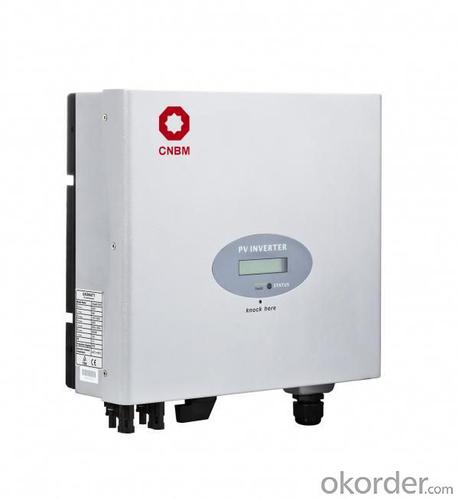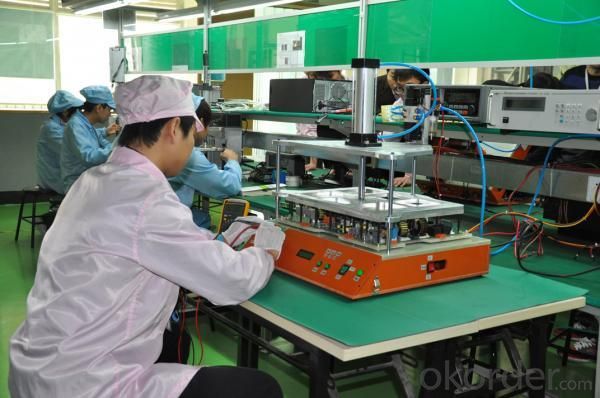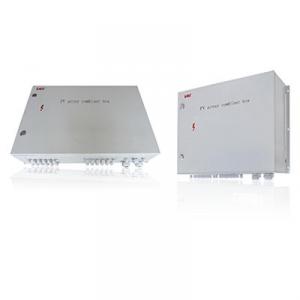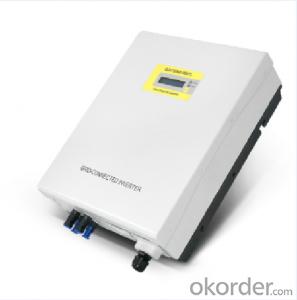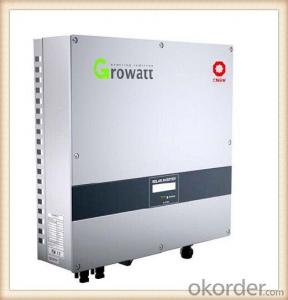DC to AC Solar Inverter CNBM-4000TL Grid Tied
- Loading Port:
- SHENZHEN
- Payment Terms:
- TT
- Min Order Qty:
- 1 set set
- Supply Capability:
- 5000 per month set/month
OKorder Service Pledge
OKorder Financial Service
You Might Also Like
Features of Grid Tied Solar Inverter CNBM-4000TL
Local and remote monitor network can be easily setup with optional RS232, RS485, ETHENET, GPRS or WIFI interface with Android, I-phone, I-Pad. Also, you can design and monitor your PV system using our PV system design software and monitor website.
The full range of CNBM single phase inverters has received VDE, CE, G83/1, G59/2, ENEL2010, VDE4105, C10/C11, AS4777 etc.
Maximum efficiency of 97.8% and wide input voltage range, Internal DCswitch,MTL-String, Sound control,Bluetooth/RF technology /Wi-FiTransformerless,GT topology
Technical data of Grid Tied Solar Inverter CNBM-4000TL
Model | CNBM-4000TL | CNBM-5000TL | |
Input data (DC) |
|
| |
Max. DC power | 4200W | 5200W | |
Max. DC voltage | 580V | 580V | |
Start voltage | 150V | 150V | |
PV voltage range | 100V-580V | 100V-580V | |
Max. input current | 20A/20A | 20A/20A | |
Number of MPP trackers /strings per MPP tracker | 1/3 | 1/3 | |
Output (AC) |
| ||
Rated AC output power | 3680W | 4600W | |
Max. AC power | 4000W | 4600W | |
Max. output current | 16A | 22.7A | |
Power factor | 1 | 1 | |
THDI | <3% | <3% | |
AC connection | Single phase | Single phase | |
Efficiency |
| ||
Max. efficiency | 97.8% | 97.8% | |
Euro weighted efficiency | 97.40% | 97.40% | |
MPPT efficiency | 99.50% | 99.50% | |
Protection devices |
| ||
Output over voltage protection-varistor | yes | yes | |
Ground fault monitoring | yes | yes | |
Grid monitoring | yes | yes | |
General Data |
| ||
Dimensions (W / H / D) in mm | 406/406/192 | 406/406/192 | |
Weight | 21KG | 21KG | |
Operating temperature range | –25°C ... +60°C | –25°C ... +60°C | |
Altitude | 2000m(6560ft) without derating | ||
Self-Consumption night | < 0.5 W | < 0.5 W | |
Topology | Transformerless | ||
Cooling concept | Natural | Natural | |
Environmental Protection Rating | IP65 | IP65 | |
Features |
| ||
DC connection | H4/MC4(opt) | H4/MC4(opt) | |
Display | LCD | LCD | |
Interfaces: RS485/RS232/Bluetooth / RF/Zigbee/Wifi | yes/yes/opt/opt/ | ||
Warranty: 5 years / 10 years | yes /opt | yes /opt | |
Certificates and approvals | CE、VDE 0126-1-1、DK5940、G83/1-1、G59/2、RD1663、EN50438、 | ||
CNBM-4000TL is simple national setting of line supply monitoring, Easy country configuration, with Multi-language,display, currently available for most of the countries over the world.With technical creativity and scientific management, the factory established first class R&D and test centers, as well as management and R&D teams comprising of PhDs and masters with overseas qualification.
Picture 1 factory of Grid Tied Solar Inverter CNBM-4000 TL
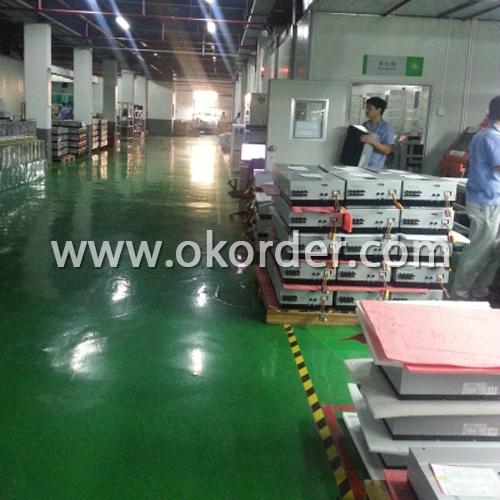
Picture 2 Package of Grid Tied Solar Inverter CNBM-4000TL
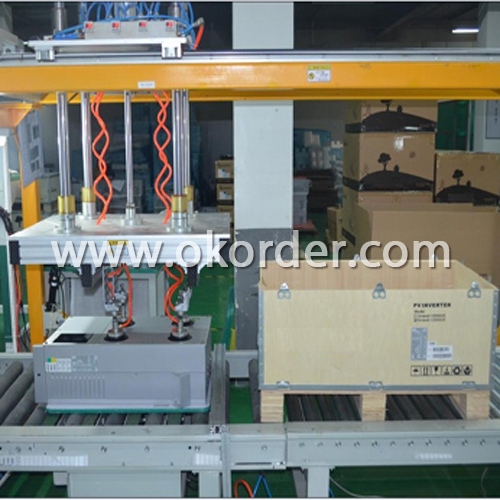
- Q: How efficient are solar inverters?
- Solar inverters are highly efficient, with most modern models achieving efficiency levels above 95%. This means that they can convert a large majority of the direct current (DC) electricity generated by solar panels into alternating current (AC) electricity for use in homes or businesses. The high efficiency of solar inverters helps maximize the overall energy output and financial benefits of solar power systems.
- Q: Can a solar inverter be used in a solar-powered desalination system?
- Yes, a solar inverter can be used in a solar-powered desalination system. A solar inverter is responsible for converting the direct current (DC) electricity generated by solar panels into alternating current (AC) electricity, which is required for the operation of the desalination system. By utilizing a solar inverter, the system can effectively harness solar energy and convert it into usable power for the desalination process.
- Q: Can a solar inverter be used in areas with high dust and dirt accumulation?
- Yes, a solar inverter can be used in areas with high dust and dirt accumulation, but it is important to take certain precautions and maintenance measures to ensure its proper functioning. Dust and dirt can accumulate on the surface of the solar panels, reducing their efficiency over time. This can also affect the performance of the solar inverter since it relies on the energy generated by the solar panels. To mitigate the impact of dust and dirt, regular cleaning of the solar panels is essential. This can be done by using a soft brush or sponge and mild detergent mixed with water. It is important not to use abrasive materials or excessive water pressure, as this can damage the panels. Additionally, installing the solar panels at an angle and positioning them to face the sun can help in reducing the accumulation of dust and dirt. Moreover, some solar inverters are designed with built-in protection against dust and dirt. These inverters usually have IP65 or higher ratings, which means they are dust-tight and can withstand water jets. Choosing such inverters can provide an added layer of protection against the adverse effects of dust and dirt accumulation. Overall, while a solar inverter can be used in areas with high dust and dirt accumulation, regular maintenance and proper cleaning of the solar panels are crucial to ensure optimal performance and longevity of the system.
- Q: How does a solar inverter handle voltage drops in the electrical wiring?
- A solar inverter typically handles voltage drops in the electrical wiring by continuously monitoring the voltage levels and adjusting its own output accordingly. It is designed to maintain a steady voltage within a specified range, even if there are voltage drops in the wiring.
- Q: Can a solar inverter be used with a solar-powered desalination system?
- Yes, a solar inverter can be used with a solar-powered desalination system. A solar inverter is responsible for converting the direct current (DC) produced by solar panels into alternating current (AC) that is required to power electrical devices. In the case of a solar-powered desalination system, the solar panels generate DC electricity, which is then converted by the inverter to AC power to operate the desalination system's pumps, motors, and other electrical components. This allows the system to utilize solar energy efficiently and sustainably for the desalination process.
- Q: Does a solar inverter require a separate grounding system?
- Typically, a solar inverter requires its own grounding system. This is because the solar panels produce DC electricity, which needs to be converted to AC electricity by the inverter. The AC electricity is then either sent to the electrical grid or used within the building. Grounding is crucial for safety and proper functioning. In a solar power system, the grounding system provides a safe path for electrical current in case of faults like short circuits or lightning strikes. To prevent electrical shock hazards and comply with safety standards, a separate grounding system for the solar inverter is necessary. It safeguards the equipment, the building, and the people using or working on the system. The specific grounding requirements for a solar inverter may vary depending on local electrical codes and regulations. It is important to seek guidance from a qualified electrician or solar installer to ensure that the grounding system is designed and installed correctly for optimal safety and performance.
- Q: Can a solar inverter be used with different solar panel brands?
- Yes, a solar inverter can generally be used with different solar panel brands as long as they have compatible voltage and power ratings. However, it is advisable to consult the manufacturer's specifications and guidelines to ensure optimal performance and compatibility.
- Q: Can a solar inverter be used with a solar-powered heating system?
- Yes, a solar inverter can be used with a solar-powered heating system. A solar inverter converts the DC power generated by solar panels into AC power that can be used for various applications, including heating systems. By connecting the solar inverter to the solar panels and the heating system, the generated solar power can be efficiently utilized to provide heat for the system.
- Q: Can a solar inverter be used with a solar-powered cooling system?
- Yes, a solar inverter can be used with a solar-powered cooling system. The solar inverter is responsible for converting the direct current (DC) power generated by the solar panels into alternating current (AC) power, which is required to operate the cooling system. By connecting the solar panels to the inverter, the generated solar energy can be efficiently utilized to power the cooling system, making it a sustainable and eco-friendly solution.
- Q: How does a solar inverter provide ground fault protection?
- A solar inverter provides ground fault protection by continuously monitoring the current flow between the solar panels and the electrical grid. If any ground fault or leakage current is detected, the inverter immediately interrupts the circuit to prevent potential electrical shock hazards and damage to the system.
Send your message to us
DC to AC Solar Inverter CNBM-4000TL Grid Tied
- Loading Port:
- SHENZHEN
- Payment Terms:
- TT
- Min Order Qty:
- 1 set set
- Supply Capability:
- 5000 per month set/month
OKorder Service Pledge
OKorder Financial Service
Similar products
Hot products
Hot Searches
Related keywords



